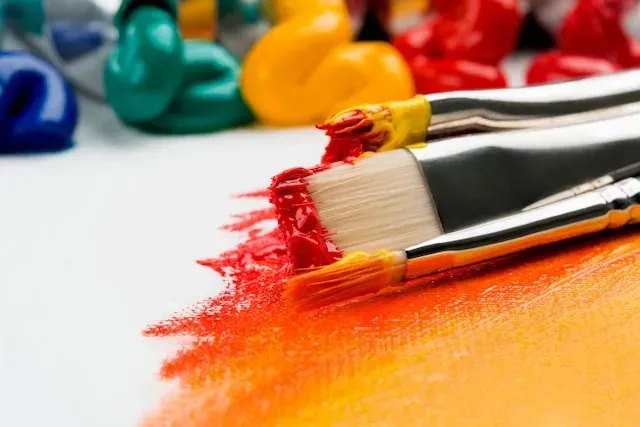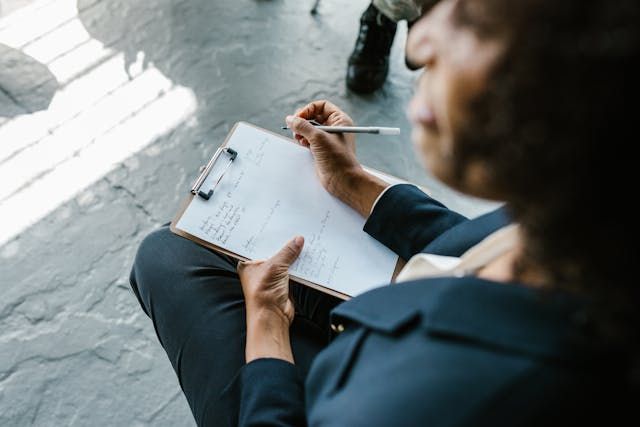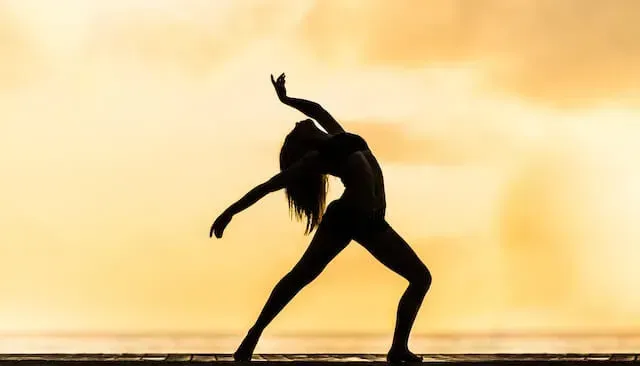
Healing Arts
Learn more about the Healing Arts, its benefits, and its impact on clinical practice.
Get carepatron free
Commonly asked questions
Healing arts can be practiced by individuals seeking holistic approaches to wellness and pain and those looking to complement traditional medical treatments.
Healing Arts can be utilized whenever one seeks to address physical, emotional, or spiritual well-being, for example, by providing support for various health conditions or as a preventive measure.
Qualified practitioners, such as licensed massage therapists, art therapists, doctors, and certified energy healers, provide Healing Arts services tailored to individual needs and preferences.







